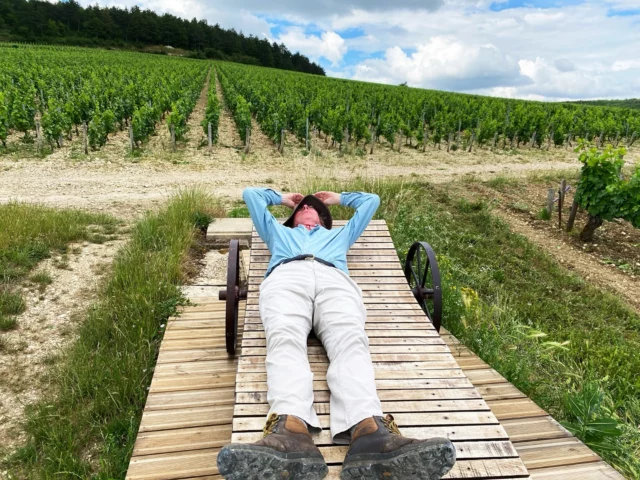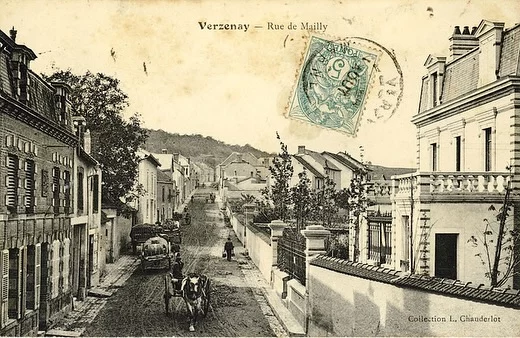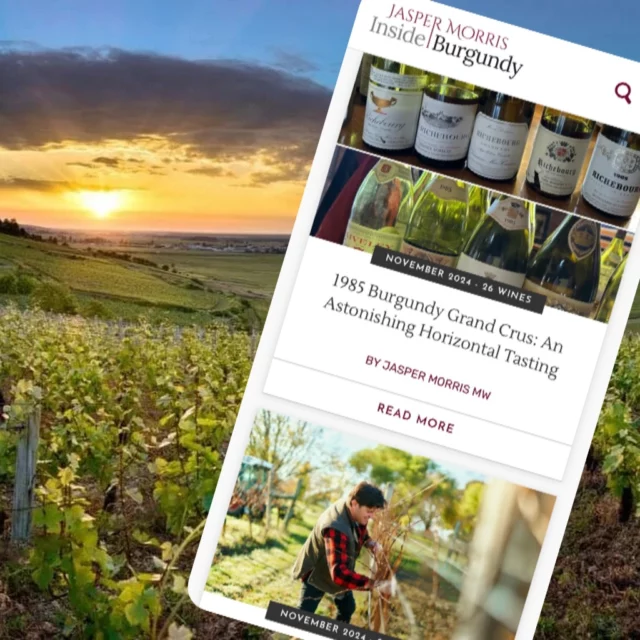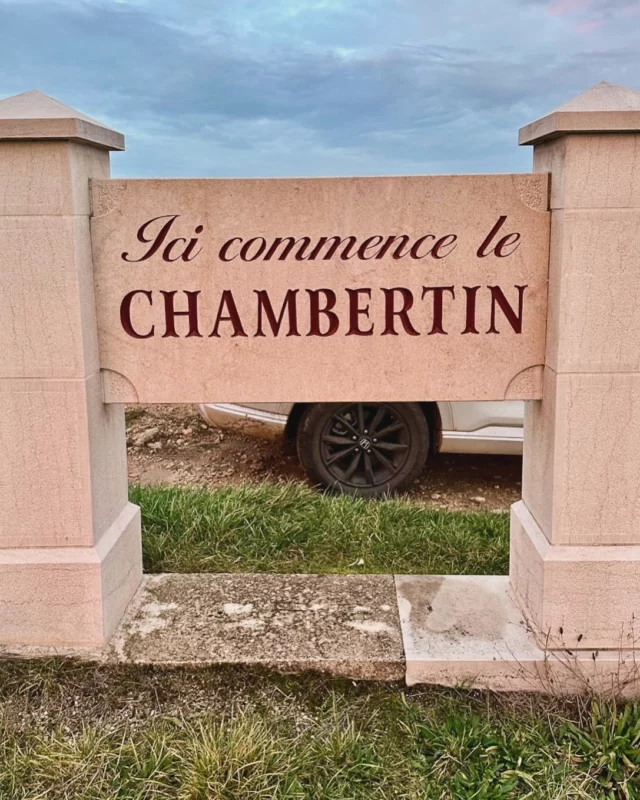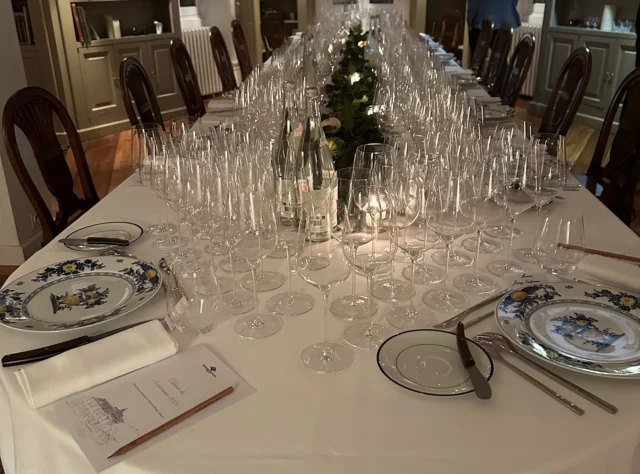2007 Vintage Overview
Updated Sep 2022
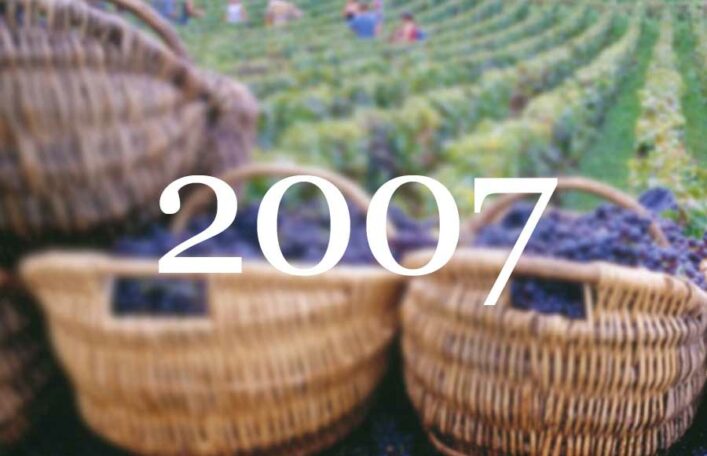
The weather
It was a fairly miserable summer but with two crucial saving graces: an astonishingly fine April which gave the vines a really healthy start to the year, then a fine, cool, dry September which enabled the harvest to take place in good conditions. It was the earliest harvest for very many years, excepting the freak 2003 vintage.
A few storms early in the summer resulted in hail damage – most notably St-Aubin En Remilly on April 27th, parts of Beaune on June 10th and Chablis on several days in July. Elsewhere in the Yonne the unfortunate Côte de Grisey vineyard in Epineuil was hit by hail on five separate occasions in 2007. May was mixed, with hot and cold weeks alternating, though not too much rain. However, the inconsistency of the weather meant that flowering was very drawn out – up to three weeks in all – which indicated that ripening was unlikely to be consistent either.
If May was variable, June, July and August were frankly poor with altogether too much cool, grey weather. The summer never settled down, the ground never really warmed up and we never got more than a couple of days of decent weather in a row as the anticyclones failed to materialise and depressions swung in from the Atlantic.
In general, the vineyards resisted remarkably well, however, perhaps because of the wonderful start to the season that they had enjoyed in April. Throughout the summer growers were saying that ‘if only we get decent weather from the next change of the moon, it should still be all right’. But it rained on St Barnaby’s Day (the local equivalent of St Swithun) and by August the rot was beginning to appear in the red vineyards. These days everybody knows how to eliminate unhealthy bunches before they go into the vats, but this necessary deselection reduced the quantity available.
Because the flowering was so early, many growers counted the regulation 100 days from this point and were reckoning on August 25th as a likely start date, though most now pushed this back in view of the lack of sunshine. However, the grapes needed more time – not necessarily for sugar levels to rise or acidity to drop, but for flavour ripeness to develop as the vines and grapes progressed further and further away from the poor weather of July and August. The Ban de Vendanges was published (for the last time) very early (August 13th for both still and sparkling wines), allowing producers to make their own choices.
Some harvest teams were seen on Friday August 24th. but picking in earnest began on the Monday following. The busiest week of harvesting was from Monday September 3rd, in decent conditions, but how the early pickers must have regretted their decision when they saw what the next week (starting the 10th) brought – a cool, drying wind and fresh, sunny skies all week.
The situation was very different in late August for red and white grapes. There was more rot in the Pinot, and the grapes were riper in sugar and starting to lose acidity, while the leaves on the vine were beginning to turn, thus ceasing to provide the photosynthesis needed by the grapes. There was not much to be gained by holding on.
The Chardonnay was, however, significantly less advanced. There was little or no rot, sugar levels were behind, acidity was exceptionally high. The vines themselves had more to deliver. Here there was a great deal to be gained by pushing back picking dates. Those who did gained enormously in quality, but with reduced yields as the north wind dried out the bunches.
First impressions
The white wines had great purity and minerality, there having been little or no rot in the Chardonnay vines. Those who picked late gained noticeably in aromatics and depth of flavour. There were no great problems in vinification and we could look forward to some fine wines with good keeping potential. In general, the further up the classification scale, the better the wine. This is especially evident for Chablis.
The reds showed clear, bright colours and great purity of fruit. Flavours were ripe, with very pretty aromatics, frequently in a cherry or raspberry register. Some offered a crunchy minerality while others were softer and rounder. Some were evidently for early enjoyment, but as wise a vigneron as Michel Lafarge was convinced of their ageing potential. Overall, the wines were clearly more successful than 2004, mostly to be preferred to 2006 in the Côte de Beaune, while in the Côte de Nuits it depended on the vigneron.
The wines in bottle
The 2007 whites at ten year old showed ahead of expectations. I like this vintage a lot but do not place it in the first rank. It has always seemed attractive and well balanced, relatively rarely suffering from premature oxidation, but perhaps missing depth and enough personality for a top rating. These wines, admittedly taken directly from the producers’ cellars and often in magnum format, offered a little more flesh than I expected combined with attractive character. Most were in an excellent place for drinking now or over the next few years
The reds were also looking brighter than expected. The more elegant villages such as Volnay and Chambolle showed better than the more structured appellations. Pommard showed marginally under ripe, Gevrey had tougher tannins especially from the stronger extractors. This was not a good vintage for whole bunch fermentation on the whole. Only the grandest reds from 2007 will benefit from further keeping.
